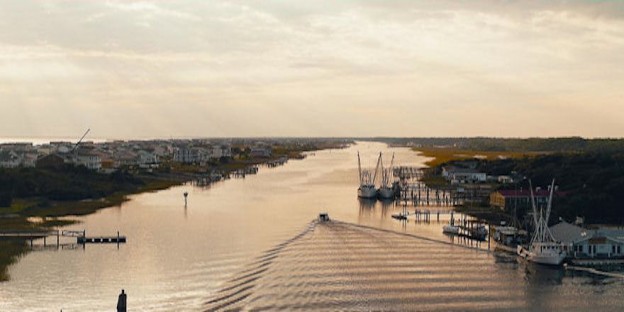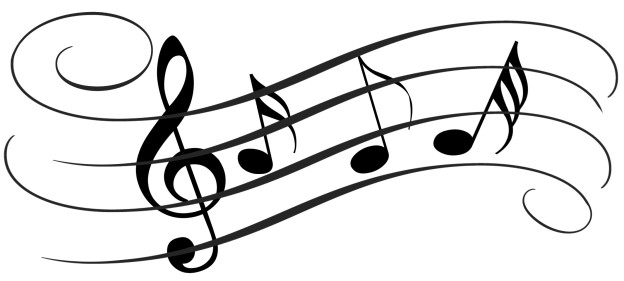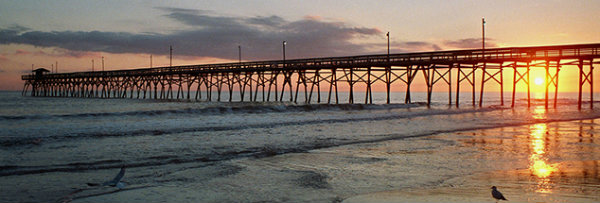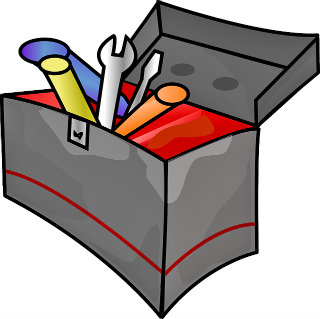Category: Information
Summer Concert Schedule
A Second Helping
“A Second Helping”
Their food collections have now totaled more than two hundred and ninety-eight thousand (298,000) pounds of food since the program began in June of 2005. Hunger exists everywhere in this country; join them in the fight to help end hunger in Brunswick County.
Who
A Second Helping is a volunteer organization that does a transfer of food program and is beginning its twentieth year this June.
What
It is a program to collect any leftover items from people as they leave the island. Food items are distributed to the needy of Brunswick County.
When
They take donations Saturday mornings (8:00am to 10:30am) during the summer, from Memorial Day through Labor Day.
Program to collect food Saturday mornings (8:00am to 10:30am) during the summer at the Beach Mart on the Causeway.
Where
The drop-off site is at the Beach Mart, south end of the parking lot, on the Causeway just off Holden Beach Road.
Why
Your donations are put to good use in helping to feed the hungry in this area.
Ways to Give
You can either donate food or you can send cash donations. Cash donations are gratefully accepted. One hundred percent (100%) of these cash donations are used to buy more food. You can be assured that the money will be very well spent.
Mail Donations to:
A Second Helping
% Sharon United Methodist Church
2030 Holden Beach Road
Supply, NC 28462
For more information » click here
Guest Information
Guest Information
Town of Holden Beach Website / https://hbtownhall.com/
. a) Visitors / https://hbtownhall.com/visitors
. b) Renters Information / https://hbtownhall.com/renters-information
Holden Beach Information Network Website / https://lousviews.com/
. a) Holden Beach Locator
. b) Tide Tables
. c) Beachcombing Guide
. d) Concert Schedule
. e) Dining Guide
. f) Restaurant Reviews
Quiet Enjoyment:
All parties are expected to act with respect and regard toward all members of the community
Garbage and Trash Removal / https://hbtownhall.com/solid-waste%2Frecycling
Garbage and trash must be placed at the end of the residential driveway no sooner than the night before the day of collection and returned the day after collection
. a) Garbage pails – every Tuesday and Saturday (June through September)
. b) Curbside Recycling – every Tuesday (June through September)
. * If blue trash can is at property
Day Trip –
Southport / Fort Fisher Ferry Schedule
910.457.6942
https://www.ncdot.gov/travel-maps/ferry-tickets-services/routes/Pages/default.aspx
Aquarium at Fort Fisher
910.772.0500
https://www.ncaquariums.com/fort-fisher
Calendar of Events – Island
Parks & Recreation / https://hbtownhall.com/parks-%26-recreation
Concerts by the Sea –
Free concerts every Sunday at 6:30 p.m. during the summer at the Pavilion
. a) Bring your lawn chair with you
. b) Beginning May 29th through September 4th
Tide Dye –
Join us every Tuesday between 1:00 to at 2:00 p.m. at the Pavilion to tie dye your own shirts.
. a) The cost is $7 per shirt.
. b) Beginning June 14th through August 9th
Turtle Talk –
Educational program every Wednesday at 7:00 p.m. at the Chapel
. a) Beginning June 29th through August 17th
Children’s Turtle Time held every Wednesday at 4:00 p.m. at the Chapel
. a) Crafts, stories and activities for children ages 3 – 6
. b) All children must be accompanied by an adult
. c) Beginning June 29th through August 3rd
A Second Helping –
Program to collect food Saturday mornings during the summer at the Beach Mart
a) Food is distributed to the needy in Brunswick County
Island Wide – Rules & Regulations
. 1) Note posted speed limit signs
§ Chapter 71 –Traffic Schedules / Schedule I – Speed Limits
. 2) Observe signs for exact parking prohibitions
. For more information » https://hbtownhall.com/paid-parking
. a) No parking on the streets or rights-of-way
. * except in designated parking spaces identified by signs
. b) Do not leave any portion of vehicle in designated travel lane of any street
. c) Do not block crosswalks, sidewalks, access ways, driveways, or mailboxes
. d) No parking within 15 feet of any fire hydrant or emergency vehicle access
§ Chapter 72 –Parking Schedules / Schedule I – Parking Prohibited At All Times
. 3) Fireworks are not allowed on the island
. a) Possession of fireworks is a Class 2 misdemeanor
. § 130.15 / Sale or use of fireworks are prohibited
Beach Strand – Rules & Regulations
1) There are no lifeguards on the beach strand. Rip tides are dangerous. When swimming, if you get caught in a rip tide pulling you away from shore, swim parallel to the shoreline until you get out of the current — do not try to swim against the current back to shore.
2) Keep off the dunes
3) All beach equipment must be removed from the beach by its owner or permitted user on a daily basis between the hours of 6pm and 7am.
§ 94.06 / Placing obstructions on the beach strand
4) Pets are not allowed on the beach strand from May 20th to September 10th
. • During the hours of 9:00am through 5:00pm daily
§ 90.20 / Responsibilities of owners
a) Pets must be on a leash at all times on the island.
b) Owner’s need to clean up after their animals (It’s their doody!)
5) It is unlawful to dig into the sand on any part of the beach strand greater than 12 inches deep, without having a responsible person attending the area. Prior to leaving the area, any hole greater than 12 inches deep shall be filled to be level with the surrounding area, leaving the area in the same general condition in which it was found.
§ 94.05 / Digging of holes on beach strand
6) Alcoholic beverages are not allowed anywhere on the beach strand.
§ 130.03 / Sale and consumption of alcoholic beverages prohibited
7) Trash receptacles are placed along the beach for your convenience
. a) Please do not litter.
§ 130.30 / Littering prohibited
8) Only emergency and official Town Staff vehicles are allowed to drive on the beach.
§ 94.01 / Official vehicles allowed on beach strand
§ 94.02 / Privately owned vehicles prohibited on beach strand
9) If you want to fish a North Carolina Coastal Recreational Fishing License is required, please be courteous to those swimming and relaxing nearby.





